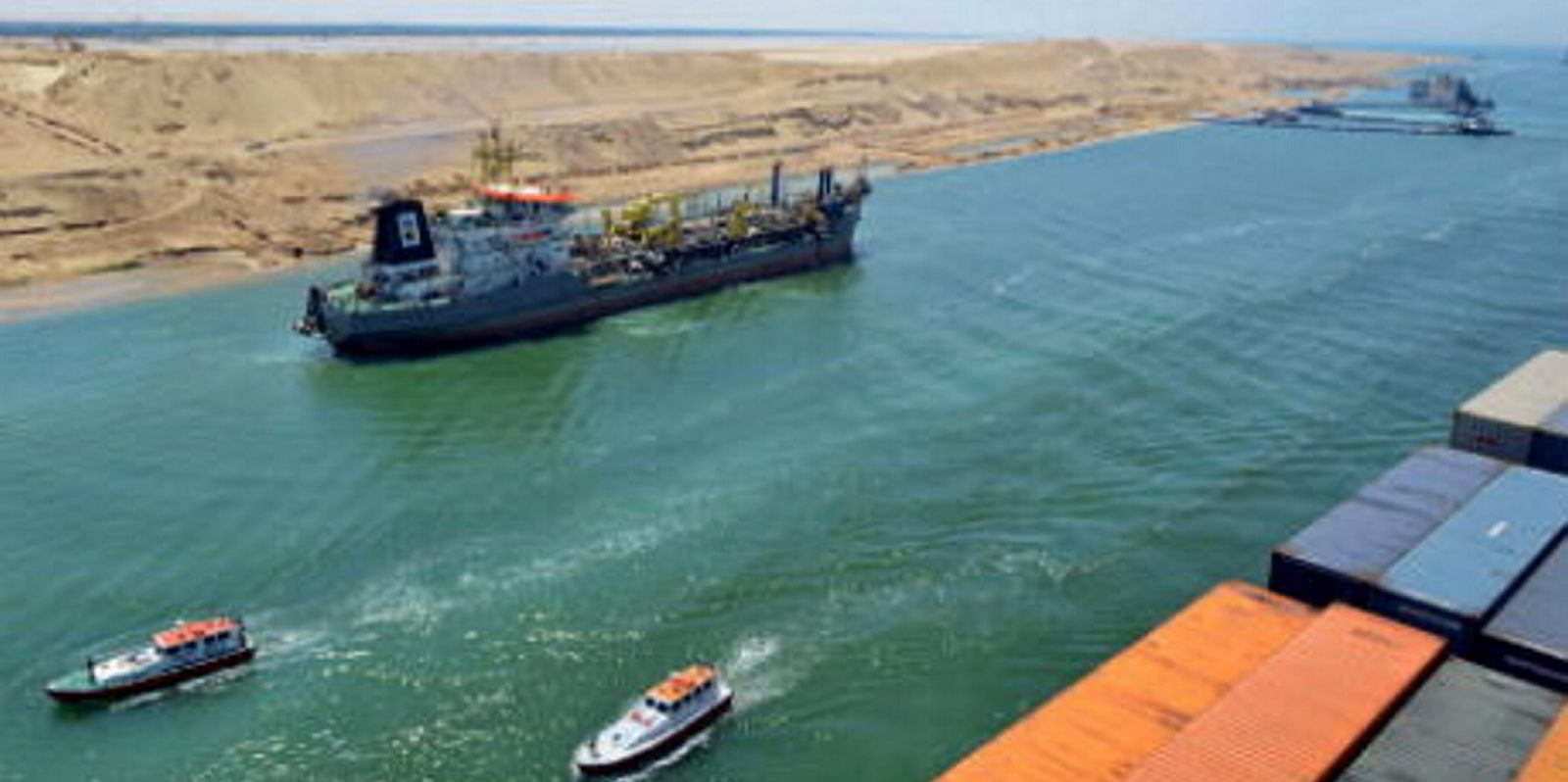“Contrasting dynamics” in global shipping have caused a jump in tanker transits through the Suez Canal, while the Panama Canal has been hit by drought and delays.
Clarksons Research figures show the Suez Canal is on course for record use in 2023.
Researcher David Whittaker said: “Activity through these vital waterways is in sharp focus at the moment as shipping continues to manage complexities and disruption, from shifting trade patterns driven by geopolitics to impacts from weather events and climate change.”
Clarksons Research has tracked 38,000 transits of a combined 2.8bn dwt through the two waterways over the past 12 months.
About 12% of vessels and 38% of dwt in the world fleet have passed through at least one of the two over that period.
The Suez Canal is essential for trade between Asia, the Middle East and Europe.
One in five containers passes through the waterway and more than 10% of oil and gas volumes.
Boxship transits slowed a little in the first quarter, with Far East-Europe trade under pressure, but they have stabilised recently, Whittaker said.
“It is in the tanker sector, though, that trends have been most eye-catching,” he added.
Crossings in dwt terms are up 50% year on year in 2023 and almost double pre-Covid 2019 levels, with shifting oil trade patterns in the wake of the war in Ukraine having an acute impact, the researcher said.
European imports have risen from the Middle East, and there have been higher Russian exports to Asia.
Suez trips up 41% from 2019
Overall, total Suez transits between January and September were up 18% from last year in dwt, and up 41% versus 2019, leaving them on track for an annual record.
In Panama, container ships account for the largest share of tonnage transiting the canal, while gas carriers and bulkers, notably during the US grain harvest, are also major users.
Drought-driven low water levels have prompted the canal authority to cut daily transits from 36 to 32. This will be reduced to 31 from November.
Vessel draught limits have been lowered from 50 feet (15.2 metres) to 44 feet (13.4 metres).
Clarksons Research data shows that transits in dwt terms are down 8% year on year, slipping to a two-year low in September.
Bulkers and tankers account for much of the drop, while container ship passages have been steadier.
Waiting times above average
Boxships, in many cases, had to limit loads, however.
There have also been increased waiting times and congestion in Panama recently.
Average waits for deepsea cargo vessels stood at 58 hours in September, down from about 70 hours in August.
But this is still well above the long-term average of 36 hours.
“This has had market impacts, including in the VLGC sector where vessel earnings have recently spiked to record levels,” Whittaker said.





